Vintage Times-Union and Willie Browne: People 'ought to have a place in the woods they can go'
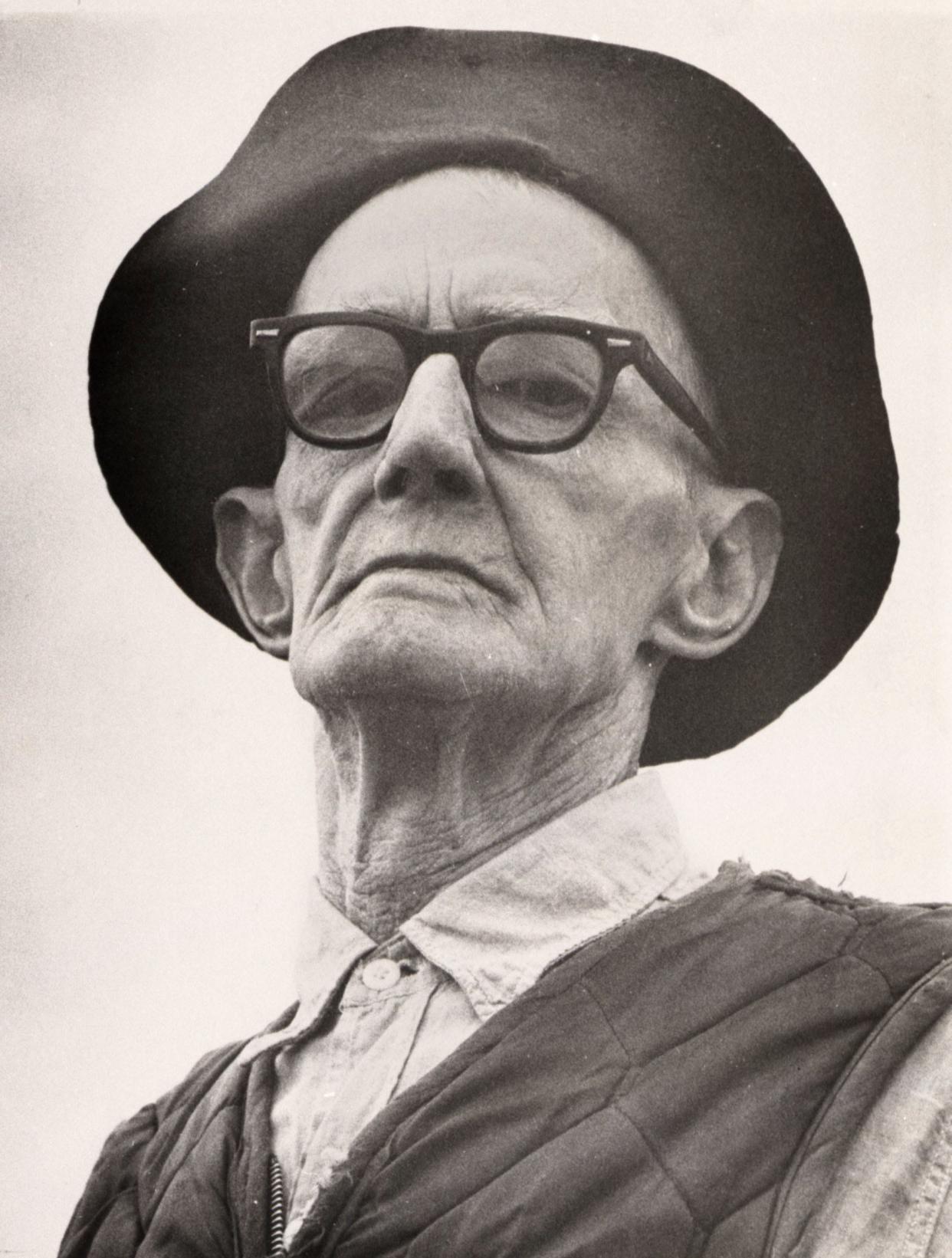
From six months old until his death at 80, William "Willie" H. Browne III lived a recluse's life on his family's land, 600 beautiful acres. He loved the land so much that in 1969, the year before he died, he announced he was donating it to the Nature Conservancy.
It's now the Theodore Roosevelt Preserve, part of the vast Timucuan Ecological and Historic Preserve. Jacksonville's national park is home to a much-used series of hiking trails through the woods and hills along the marshes and the St. Johns River with views for miles.
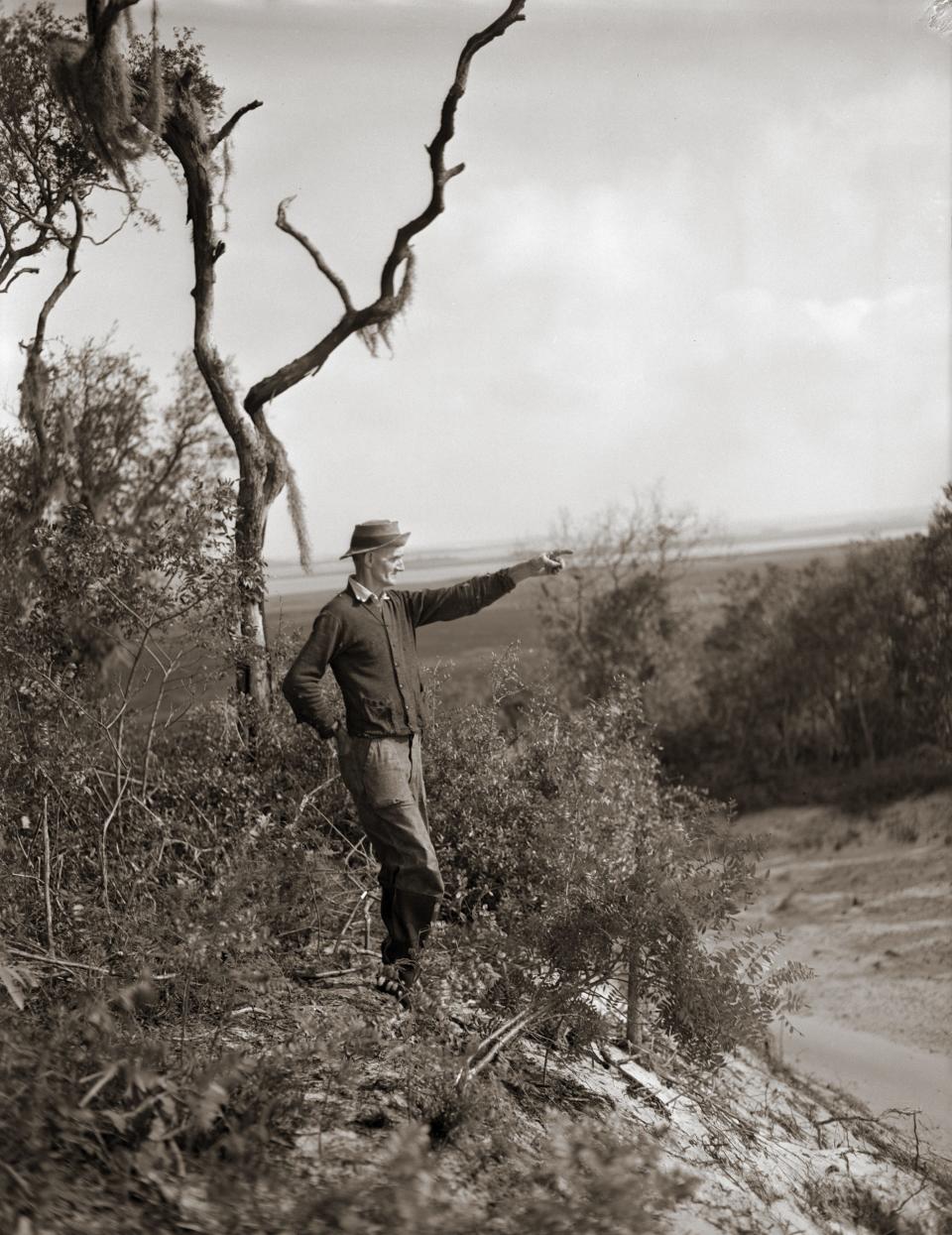
My colleague Mark Woods has for years championed Willie Browne's considerable legacy. He told the story about Browne, his younger brother Saxon and their parents.
Willie Browne's enduring gift to Jacksonville: Nature
River Branch Foundation: Gift lets Jacksonville land trust buy Intracoastal Waterway islands for conservation
"William Henry and Eliza Browne, had come to Jacksonville from New York City in 1882," Woods writes. "They initially settled near downtown Jacksonville. But when yellow fever hit, killing two daughters, they decided to go across the river to property that was a mile from Fulton, the nearest town.
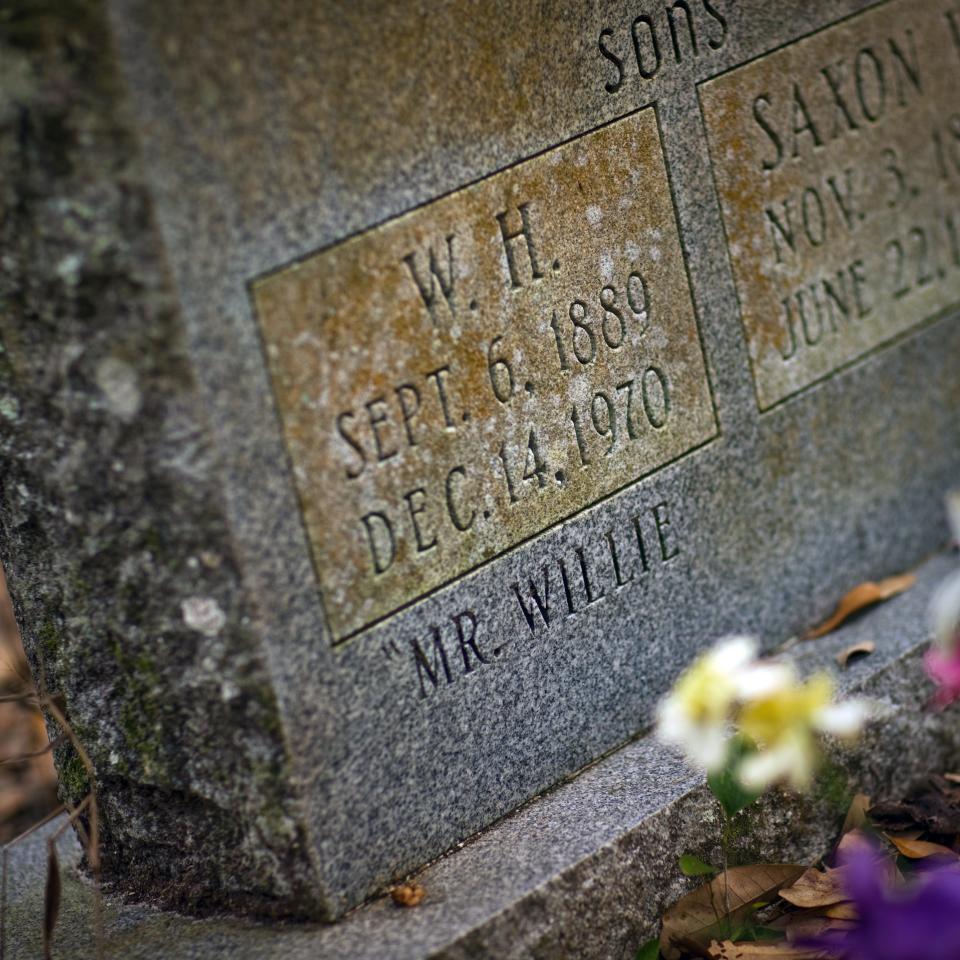
"In the early 1900s, their house burned down and Willie and Saxon's parents moved off the land. The boys stayed. And on his 16th birthday, Willie's father officially gave him the land, with a couple of firm directives: He was to take care of it and keep the hunters off it.
"He ended up doing that his entire life — and then some."
Mark Woods: A night walk in the woods
Willie Brown's Trail: An excuse to walk one of my favorite place
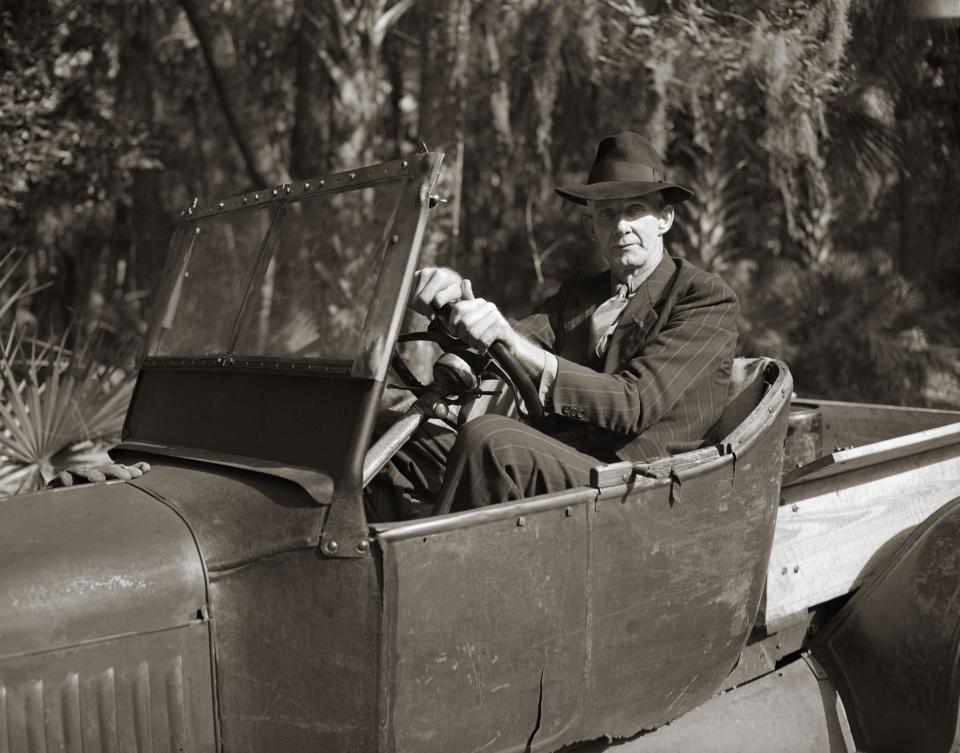
Later, in a column calling for a day to honor Browne, he described the simple, reclusive life led by Willie (and Saxon, who died 27 years before Willie on the property):
"He wasn’t famous. He wasn’t rich, although he could have been if he had accepted offers from developers. Instead, he lived in a small cabin, a Model T battery powering a single light bulb. When he died, there was barely enough money to pay for a headstone and fence at the small family cemetery.
"But Willie had this glorious piece of land — with bluffs, hills, marsh and mounds of oyster shells — that he had lived on since he was 6 months old. And he donated it with one stipulation: That nothing be done with it."
More spots to visit: It's National Park Week. You don't have to go far to celebrate in Northeast Florida
'Mr. Fort Caroline:' Longtime national park ranger dies
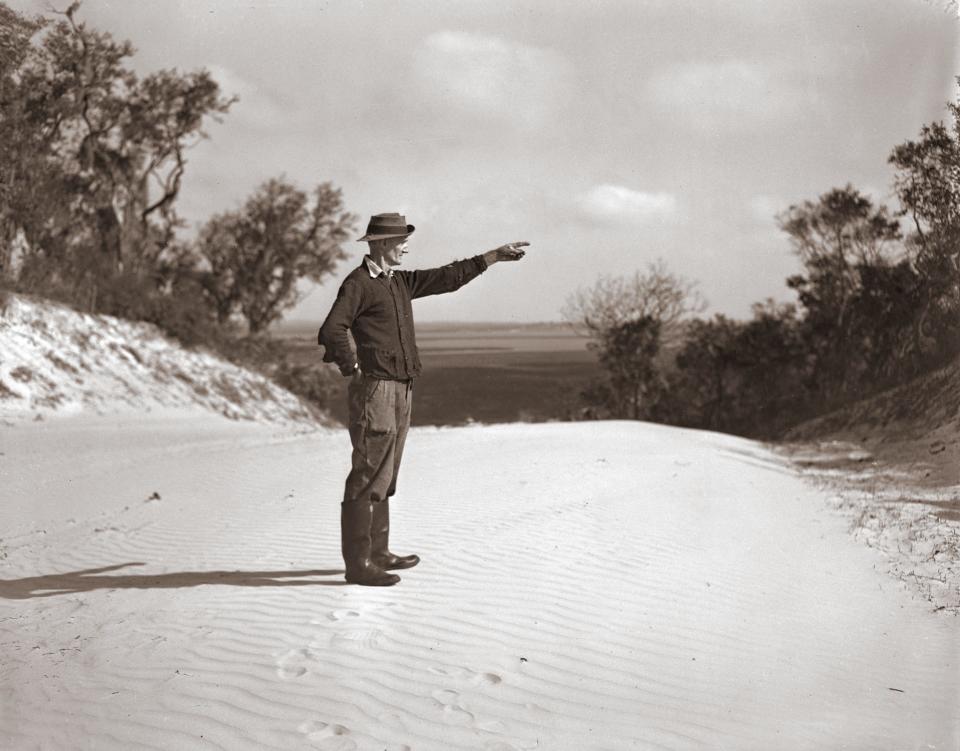
Then he quoted Willie Browne's justifiably famous quote, which goes like this: “People have to work in the cities, they can’t live in the woods anymore. But they ought to have a place in the woods they can go."
Well, that about sums it all up.
This article originally appeared on Florida Times-Union: Jacksonville's national park grew from land gift by Willie Browne

